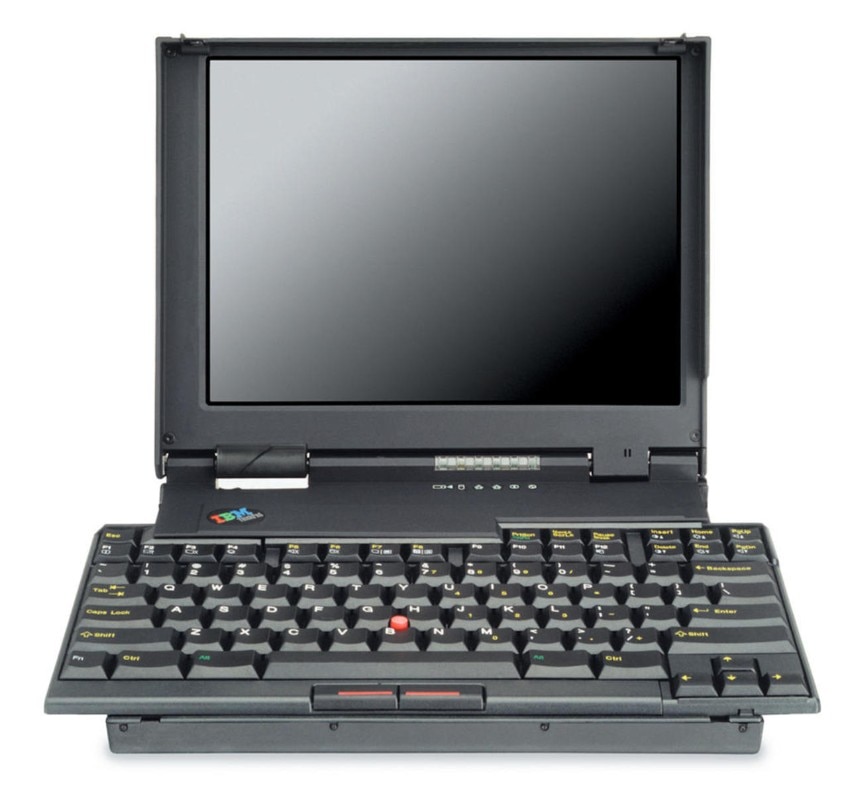It was strange but it made sense. This was what people generally though when faced for the first time with the IBM Thinkpad 701C, a portable computer launched in 1995 which has found a place in various contemporary art and design museums for its very particular shape. It also hid a secret which literally drove technology lovers crazy.
From the outside, the computer was fairly ordinary, the classic professional Thinkpad (the line is now in the hands of Lenovo), all black, angular and fairly thick. Remember that we are talking about more than twenty years ago. But it was when it was opened that the magic took place: the keyboard unfolded from beneath the screen like the wings of a butterfly. The secret was simple but brilliant. The keyboard was divided diagonally along the line formed by the 4, T, H and M keys. When the keyboard was lowered, a mechanism moved the right-hand section below the left and then re-joined it, just like dividing a bar of chocolate diagonally to then bring the various parts together again.
The result was a spacious and efficient input device that was perfect for working but which fitted into a smaller case than those of competitors. The body was in fact only 24.6 by 24.6 cm, just a little larger than its 10.4-inch display, while the keyboard extended to 29.2 cm. This function did not go unobserved in 1995, and earned the Thinkpad 701C the nickname Butterfly, countless mentions in design magazines and manuals for industrial design, as well as a prominent position at the Museum of Modern Art in New York and at the Die Neue Sammlung in Munich.
However, rather than as a butterfly, IBM designers at the time such as John Karidis, Sam Lucente, Richard Sapper and Robert P. Tennant saw the Thinkpad 701C as a jet. They saw, in the keyboard, the opening and closing wings of military aircraft, an image that Top Gun, which came out nine years before the computer, had fixed in the minds of everyone. The four creators of this innovative design explained that people loved it above all because they didn’t expect this function and were amazed at such a peculiar mechanism. How can we blame them? Even today, this portable PC amazes anyone who sees it open and close, and more than twenty years have gone by.


